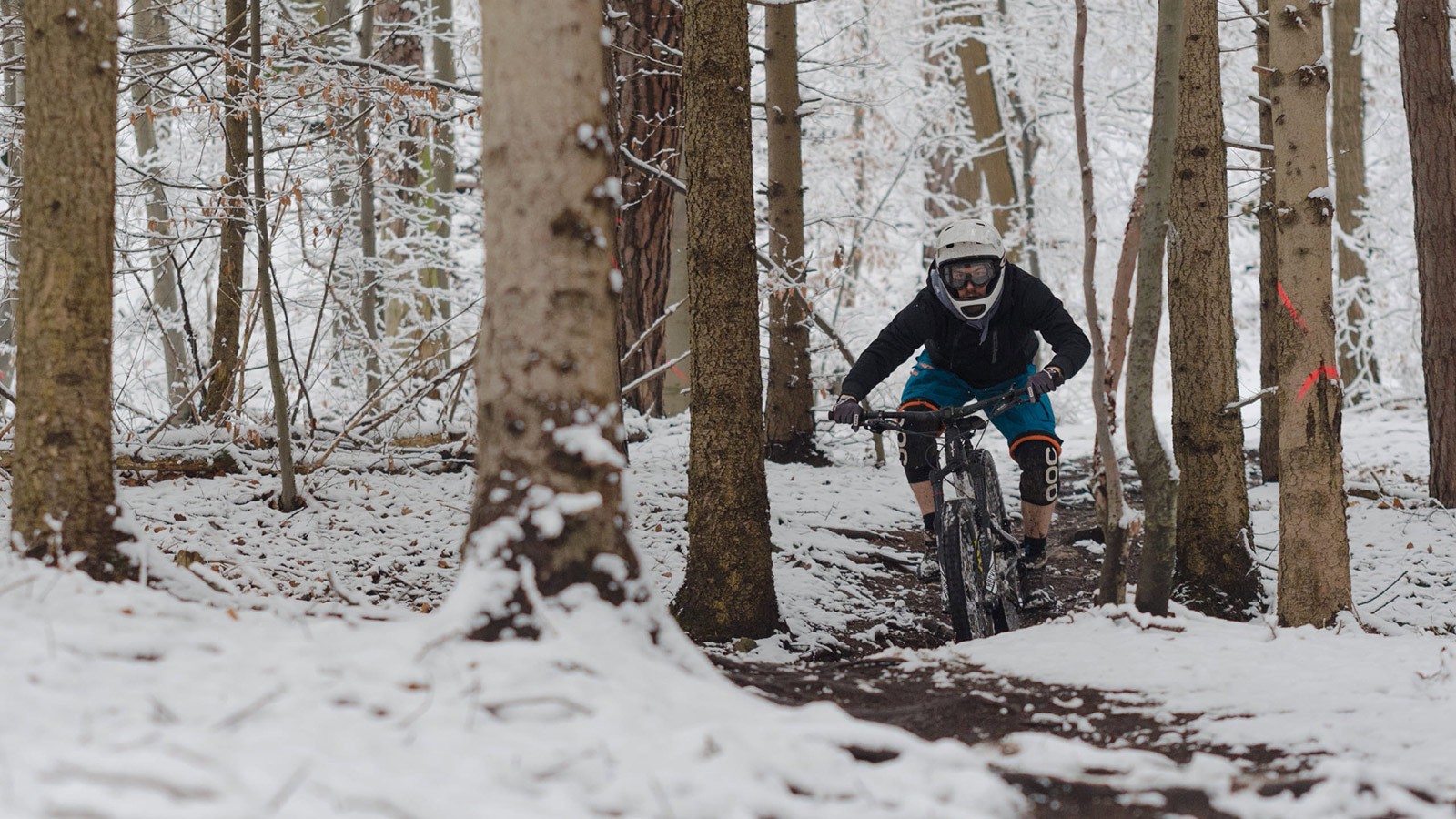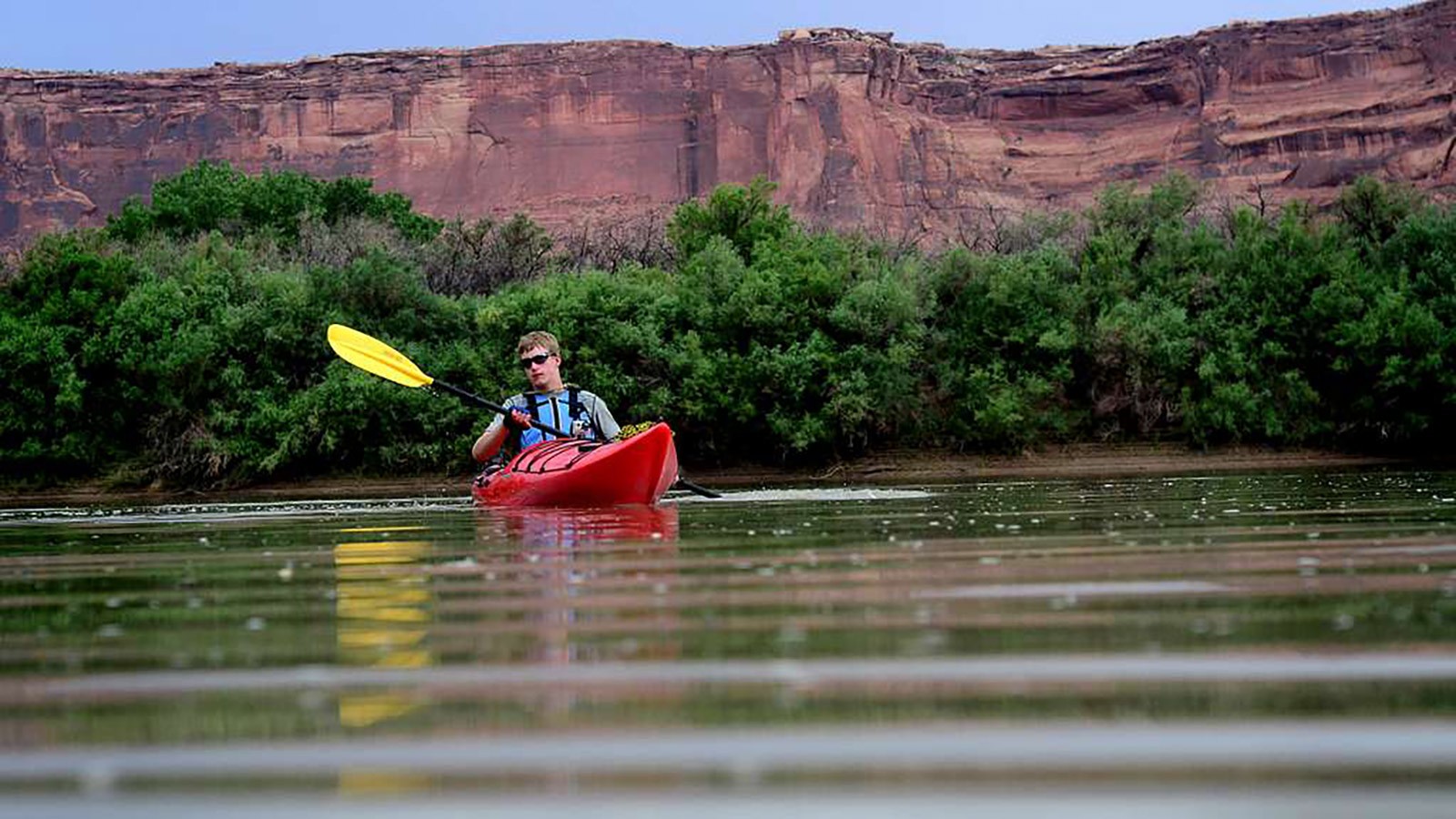Rising Temperatures Reshape When and How Much People Get Outdoors on Public Lands
By Lael Gilbert |
By mid-century, once dominant winter sports may slowly be replaced by activities less dependent on perfect winter conditions—less skiing and more winter mountain biking, for instance—according to recently released research about changing patterns of recreation on public lands. Stock Image.
With summer winding down, millions of Americans are shelving their sandals, draining their kayaks and dusting off skis in preparation for the recreation season ahead. But seasonal plans for hiking, biking and skiing will likely shift with the changing climate in years ahead, according to new research from the Institute of Outdoor Recreation and Tourism at Utah State University.
Rising temperatures will likely result in fewer people participating in outdoor recreation during summers as it becomes uncomfortably hot, according to the research. Outdoor recreation in warmer seasons is expected to decrease by 18 percent over the next 30 years. But climate change will likely be a boon for winter recreation, as cold temperatures moderate in some regions. Winter outdoor recreation on public lands is expected to increase 12 percent by mid-century, the authors said, but that recreation may look different. Once dominant sports like downhill skiing will likely be replaced by forms of recreation less dependent on perfect winter conditions—less skiing and more winter mountain biking, for instance.
“We’ve known for a while that patterns for outdoor recreation and visitation to public lands are sensitive to temperature,” said lead author Emily Wilkins. “What’s important about this study is that it shows how much variation there is in the impacts of climate change on visitation to public lands across the country—there are substantial differences whether you are talking about outdoor recreation in Oregon or in Florida.”
The study used 14 years of geotagged social media data from across the continental U.S. to document where and when people were getting outside to visit public lands. Trends were combined with climate data to map out regional variations in the sensitivity of outdoor recreation on public lands to increases in temperature. The research team documented areas of the country where the largest changes are expected to occur. For example, summer visits to public lands in the southeastern U.S. are expected to decline by over 50 percent by 2050, significantly more than the rest of the country. Similarly, winter outdoor recreation is likely to increase the most in Texas, Oklahoma and the upper Midwest.
“It’s important for public land managers, like folks who work for the National Park Service and U.S. Forest Service, to have a good understanding of what the demand for outdoor recreation will look like in the future,” said Jordan Smith, director of the Institute of Outdoor Recreation and Tourism. “With this information, they can make more informed decisions about where to invest time and effort to either build new outdoor recreation infrastructure, like trails and visitors centers, or maintain existing infrastructure.”
Rising temperatures will likely result in fewer people participating in outdoor recreation during summers as it becomes uncomfortably hot, according to new research. Outdoor recreation in warmer seasons is expected to decrease by 18 percent over the next 30 years. Stock Image.
WRITER
Lael Gilbert
Public Relations Specialist
Quinney College of Natural Resources
435-797-8455
lael.gilbert@usu.edu
CONTACT
Jordan Smith
Director
Institute of Outdoor Recreation and Tourism
435-830-6294
Jordan.smith@usu.edu
TOPICS
Research 878stories Society 504stories Environment 263stories Climate 151stories Land Management 123stories Outdoor 79stories Recreation 69storiesComments and questions regarding this article may be directed to the contact person listed on this page.









